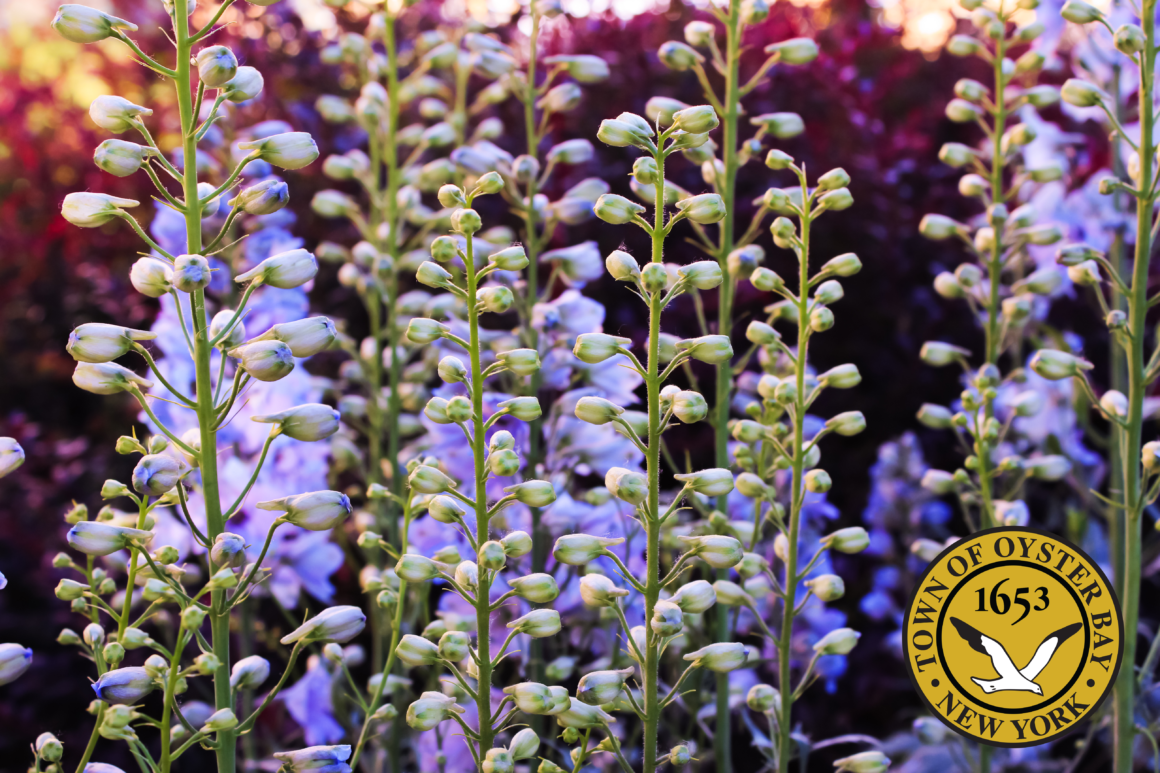Oyster Bay Town Councilwoman Michele Johnson announced that the Town has an informative guide available to residents interested in planting Native Plant Species in their home gardens. Native plants are traditionally found in a local region, where they are adapted to the local climate and soil conditions. This makes them hardy, more resistant to insects and disease, and generally easier to maintain.
“With the spring season upon us, the concept of home gardening interests many people, but those without green thumbs may be unsure where to begin. Getting a quick explanation of local plant species that are easy to maintain, as well as provide environmental benefits, may be just what an aspiring gardener needs,” said Councilwoman Johnson. “There are many plant species that help improve air quality, while attracting butterflies, bees or birds.”
As gardeners continue to discover benefits of native plants, local retailers have been stocking these and other species. Some examples of native species gardeners may want to consider include: (for more details on each of these native plant species, visit www.oysterbaytown.com/gardening)
- Blue False Indigo (Baptista australis): Produces blue-purple flowers that turn silver-gray in the fall. This species notably is primarily pollinated by queen bumblebees, and also attracts butterflies and moths.
- New England Aster (Symphotrichum novae-angliae): This aster has beautiful flower heads, attractive foliage and stems that provide a color boost at the end of the growing season. Nectar and pollen attract butterflies, moths and bees.
- Butterfly Weed (Asclepias tuberosa): Why would you purposely plant something with the word “weed” in its name? Well if you’ve ever seen the beautiful monarch butterfly its existence depends on milkweed!
- Early Goldenrod (Solidago juncea): Golden-yellow blossoms which begin blooming in early summer, when they became an attraction for the first butterflies and bees of the season. Eastern Goldfinch, Sparrows, and other birds are also attracted to this flower!
- Switchgrass (Panicum virgatum): This tall ornamental grass is widespread. Its upright growth and ability to cluster provides quality overhead cover, shelter, nesting sites, and food source for wildlife.
- Wild Indigo (Baptisia tinctoria): Wild indigo is known for being deer resistant, low maintenance, mitigate erosion, a home to butterflies and bees, and serve as an excellent nitrogen fixer.
Native plantings can be established from seed or young plants, or plugs. Plants can be incorporated to an existing garden bed or a new bed can be made by removing sod and loosening the soil. Choose plants based on site considerations for light, moisture, and soil. Vary plant structure, height, bloom succession, and flower color for seasonal appeal and butterfly habitat. For more information on these native plant species, as well as other gardening related information, visit www.oysterbaytown.com/gardening.

